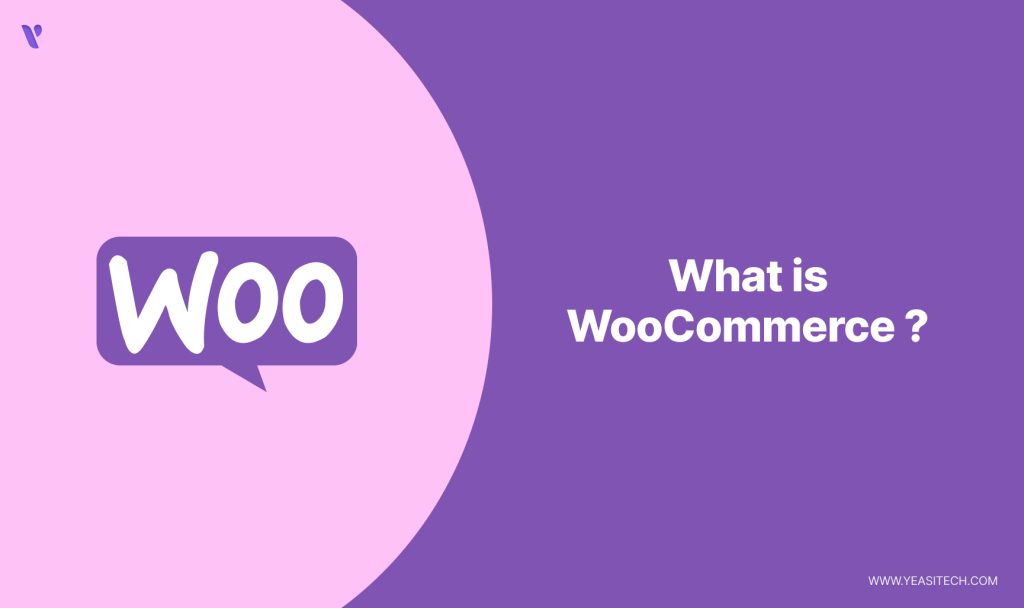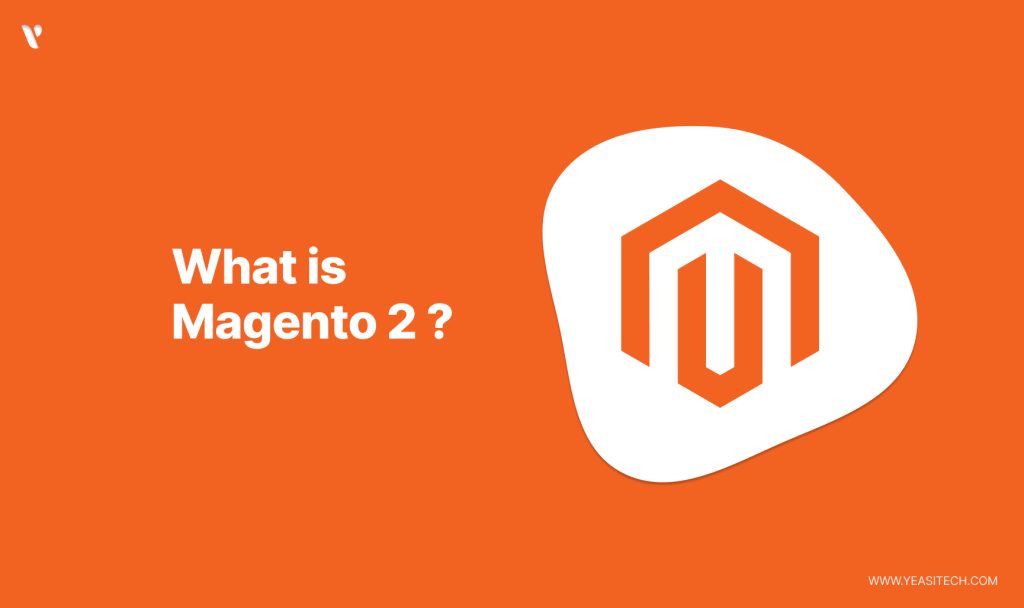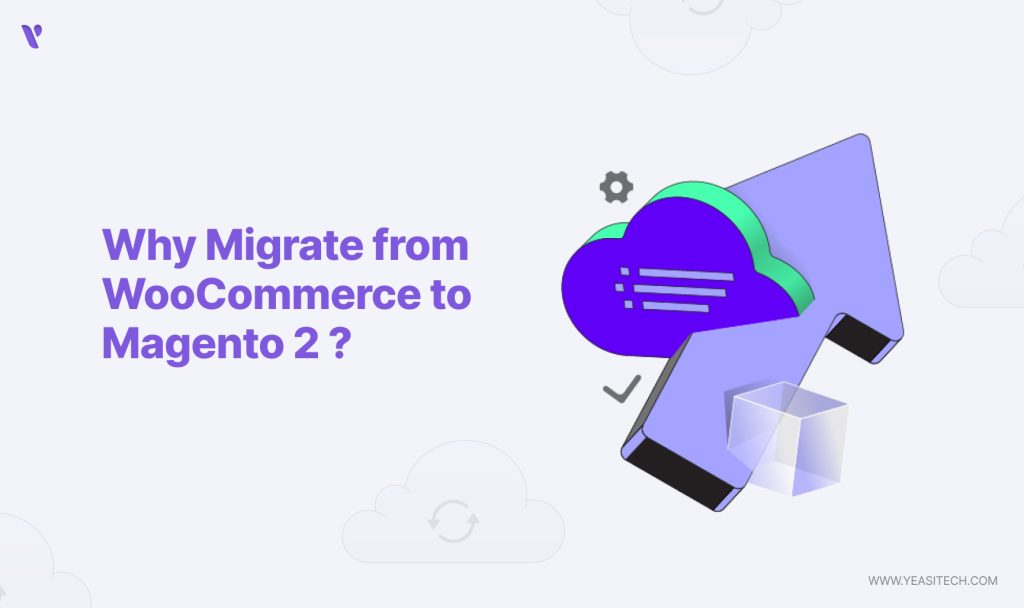Woocommerce to Magento Migration: A 2025 Guide

Modern businesses rely heavily on e-commerce now, with systems such as WooCommerce and Magento2 controlling the industry. Selecting the best platform can be difficult for many business owners, particularly when expansion necessitates switching from WooCommerce to Magento.
This blog will walk you through the “why” and “how” of switching from WooCommerce to Magento, complete with actionable advice, real-life examples, and post-migration strategies to ensure a smooth transition.

Launched in 2011, WooCommerce is a prominent open-source e-commerce plugin for WordPress. It enables companies to turn their WordPress websites into operating online shops. WooCommerce has more than 5 million active sets up, and its simplicity, affordability, and WordPress integration make it appealing. Features include easy inventory management, payment gateway integration, and store themes that may be customized. As of 2025, WooCommerce powers 28% of all online stores globally.
Key Features of WooCommerce:

A powerful, open-source e-commerce platform built for performance and scalability is Magento2. Medium-sized to large businesses that need modern functionality, customization, and smooth integration frequently use it. Acquired by Adobe in 2018, Magento2 continues to dominate the enterprise e-commerce market, powering 12% of e-commerce websites globally.
Key Features of WooCommerce:
Here’s a table outlining the key differences between WooCommerce and Magento2:
| Feature/Aspect | WooCommerce | Magento2 |
| Ease of Use | Beginner-friendly with a simple setup process, ideal for non-technical users. | Requires technical expertise but offers greater flexibility and control for advanced users. |
| Performance | Works well for small to medium-sized stores; performance depends on hosting and plugins. | It requires technical expertise but offers greater flexibility and control for advanced users. |
| Customization | Customization is limited to the capabilities of WordPress and its plugins/themes. | Designed for high traffic and large-scale operations, it handles complex stores efficiently. |
| Security | Relies on third-party plugins and WordPress security practices, which can introduce vulnerabilities. | Comes with robust built-in security features and tools for enhanced protection. |
| Cost | Lower initial costs; free core with optional paid plugins and themes. | Higher investment due to hosting, development, and potential licensing costs, but scalable. |
| Hosting Requirements | Can run on standard WordPress hosting; shared hosting often sufficient for smaller stores. | Can run on standard WordPress hosting; shared hosting is often sufficient for smaller stores. |
| SEO Capabilities | Excellent SEO integration through WordPress plugins like Yoast. | Strong built-in SEO tools and advanced options for optimizing search engine visibility. |
| Scalability | Best suited for small to medium businesses; scaling may require significant resources. | Ideal for medium to large enterprises, offering seamless scaling for complex and growing businesses. |

Let’s look into the features of why you need to migrate from WooCommerce to Magento2 in detail:
The process of moving from WooCommerce to Magento2 can be difficult and needs to be carefully planned and carried out. This is a detailed how-to for moving from WooCommerce to Magento2:
Export all the necessary data from WooCommerce, such as:
However, importing and exporting data in migration from WooCommerce to Shopify can be a daunting task; you may require professional help. Get in touch with our team; we can assist you.
This step ensures that no information is lost during the migration.
Using a migration tool: You may move orders, categories, items, customer information, and more with the Magento2 Data Migration Tool.
Manual Migration: If you prefer a manual approach, use Magento2’s import/export functionality to import the data one by one (products, customers, orders, etc.) using CSV files.
Perform extensive testing of your store, including:
These procedures will guarantee a seamless WooCommerce to Magento2 migration with the least amount of business interruption possible. Still have any doubts in the steps? Contact YeasiTech our team will assess your needs.
Let’s look into some success stories of WooCommerce to Magento2 Migration :
Nike migrated to Magento2 to handle high traffic and a large product catalog. Benefits included faster load times, efficient product management, and localized stores. Result: A 20% increase in online sales within a year.
Ford Accessories used Magento2 for better product customization and a responsive mobile experience. This led to a 25% increase in conversion rates and a 15% rise in average order value.
Helly Hansen moved to Magento2 to support global operations. The platform’s multi-language and multi-currency capabilities helped them increase international sales by 40% within six months.
Vizio enhanced its eCommerce with Magento2’s AI-driven analytics and advanced search. They observed higher consumer involvement and a 30% rise in repeat business.
Let’s look into some challenges and their solution in Migration from WooCommerce to Shopify:
In 2025, moving from WooCommerce to Magento2 will be a business transformation rather than merely a platform switch. You’re opening up a world of growth prospects and simplifying procedures by using Magento2. You can benefit from a quicker, more dependable, and more user-friendly eCommerce store with the correct planning and professional assistance, even though the transition to Magento2 may seem difficult.
So why wait? Start your migration today and take your business to the next level. Visit Yeasitech to get started with your migration journey. Let’s make 2025 the year your eCommerce business reaches new heights!
Migrating to Magento2 offers better scalability, enhanced security, faster performance, and advanced features that WooCommerce may lack as your store grows. It’s ideal for businesses that need to expand internationally or handle large inventories.
While the upfront costs of Magento2 can be higher than WooCommerce, the long-term benefits, such as improved scalability and performance, can lead to a better return on investment, especially for larger businesses.
The migration timeline depends on the complexity of your store. A typical migration can take anywhere from 2 to 3 weeks, including data transfer, customization, and testing.
Essential data such as product listings, customer information, order history, and shipping details need to be migrated to ensure a smooth transition. You can use automated tools or work with experts to avoid data loss.
No, you cannot directly use your WooCommerce theme on Magento2. However, you can design a new theme in Magento2 that aligns with your brand identity, ensuring a seamless and customized look for your store.
YeasiTech is a trusted IT service partner with 8+ years of experience, empowering 250+ businesses with scalable web, mobile and AI solutions.
Explore related topics to broaden your understanding and gain actionable insights that can transform your strategies.